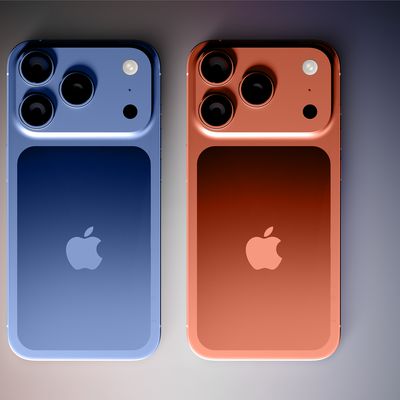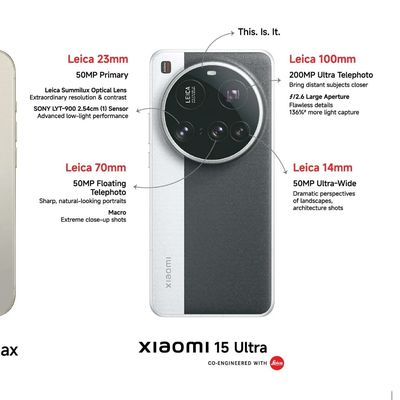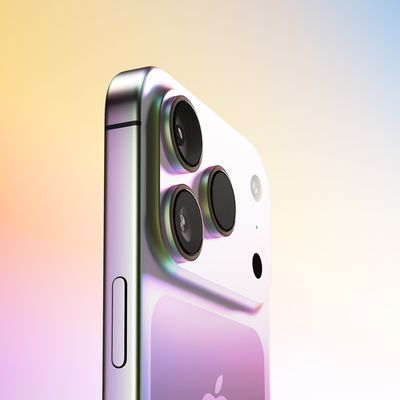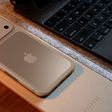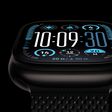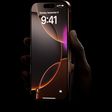Apple will reportedly use a more advanced SoIC packaging technology for its M5 chips, as part of a two-pronged strategy to meet its growing need for silicon that can power consumer Macs and enhance the performance of its data centers and future AI tools that rely on the cloud.
![]()
Developed by TSMC and unveiled in 2018, SoIC (System on Integrated Chip) technology allows for the stacking of chips in a three-dimensional structure, providing better electrical performance and thermal management compared to traditional two-dimensional chip designs.
According to the Economic Daily, Apple has expanded its cooperation with TSMC on a next-generation hybrid SoIC package that additionally combines thermoplastic carbon fiber composite molding technology. The package is said to be in a small trial production phase, with the intention of mass producing the chips in 2025 and 2026 for new Macs and AI cloud servers.
References to what are believed to be Apple's M5 chip have already been discovered in official Apple code. Apple has been working on processors for its own AI servers made with TSMC's 3nm process, targeting mass production by the second half of 2025. However, according to Haitong analyst Jeff Pu, Apple's plans in late 2025 are to assemble AI servers powered by its M4 chip.
Currently, Apple's AI cloud servers are believed to be running on multiple connected M2 Ultra chips, which were originally designed solely for desktop Macs. Whenever the M5 is adopted, its advanced dual-use design is believed to be a sign of Apple future-proofing its plan to vertically integrate its supply chain for AI functionality across computers, cloud servers, and software.
(Via DigiTimes.com.)


